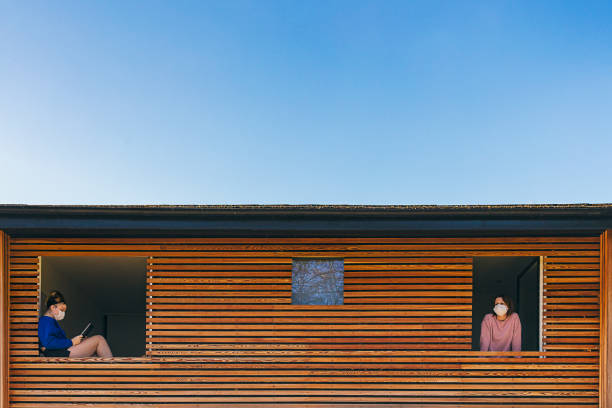Cladding system is a procedure used in the construction business that includes covering one building material with others for purposes such as function, beauty, or security. There are many various types of materials that may be used for cladding, including wood, plastic, imitation stone, and even metal, and each of these materials has a wide range of alternatives to choose from. For example, wood cladding may vary from pine and cedar planks to plywood sheets, while metal cladding is accessible in stainless steel or aluminium, among other materials.
Style
When it comes to selecting the correct cladding material, personal preference plays an important role. It is possible to make a building aesthetically appealing to everyone regardless of its age, shape, or style vary according to the age, form, and style of the structure.
Structural needs:
When selecting a cladding material, it is also vital to consider the structural needs of the building. When upgrading a home, vinyl cladding or weatherboards may be used instead of the present items to improve the appearance. It is possible that the removal of existing cladding goods will be necessary in certain cases.
Long term maintenance:
Before making a decision, you should think about how the cladding system will be maintained in the long run. For example, certain cladding systems need frequent treatment against the elements, repainting, or replacement over the course of a few years or more. However, there are various choices available these days that only need cleaning once or twice a year, if at all.
Products
First and first, choose which sort of product is most appropriate for your construction project and then go from there. This may be very dependent on your geographic location as well as the weather conditions in that area. When it comes to metal cladding, for example, those who live in a region that gets a lot of rainfall for a significant portion of the year may find it to be an excellent option.
Aesthetic:
Although the major motivations for using cladding in a building project are functional, there is also an aesthetic consideration to take into account when using eco-friendly cladding. Building cladding that is properly selected may have a dramatic impact on the overall appearance of a structure, altering its attractiveness and greatly increasing its market price. As a result, cladding manufacturers provide a broad range of designs and materials to choose from. Architects and builders may choose from a number of granite cladding colours and treatments, ranging from glossy to rough, according on their own preferences.
Non combustible:
Metal construction components are recognized as non-combustible This does not imply that metal cladding structures are free from fire laws, but it does acknowledge the major benefits of utilizing non-combustible metal panels as opposed to wood products in terms of fire safety.
Environmentally friendly:
There are some eco-friendly cladding like timber cladding. It is possible to manufacture metal cladding panels using recycled materials, making them more ecologically friendly and minimizing the quantity of material that ends up in trash. Furthermore, since they are comprised of common metals, after they have served their purpose as cladding, they can be simply recycled back into new products. As a consequence, the carbon footprint connected with steel cladding panels is significantly reduced in terms.
